Intro To 'sync' Command In Linux
2023-06-05 - By Robert Elder
I use the 'sync' command to ensure that any cached writes are committed to persistent storage:
sync
Here, I have an important piece of data that I want to back up to an external hard drive:
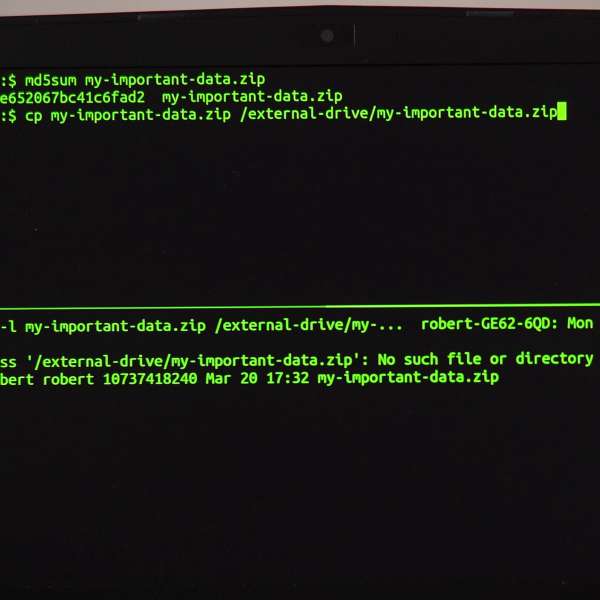
I use the 'cp' command to copy this data onto the external hard drive:
cp my-important-data.zip /external-drive/my-important-data.zip
As the 'cp' command runs, I no longer have control over the command prompt, but I can see that the destination file size is growing larger:
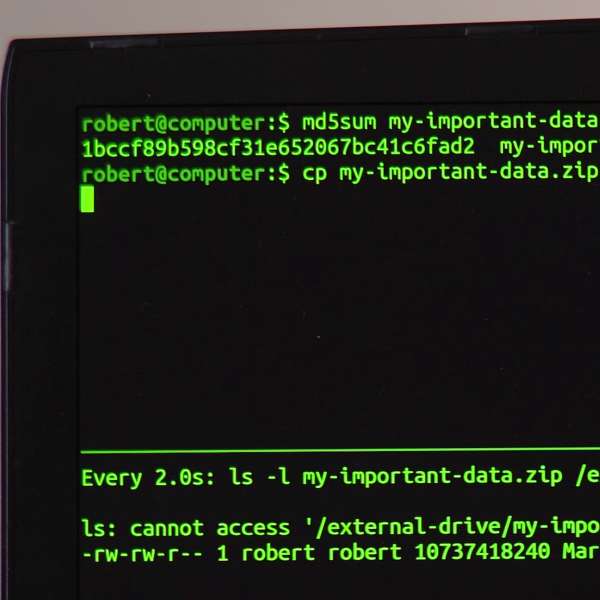
Eventually, the command prompt comes back and the destination file size stops increasing. 13 seconds later, I decide to unplug my external hard drive believing that the data has finished copying:
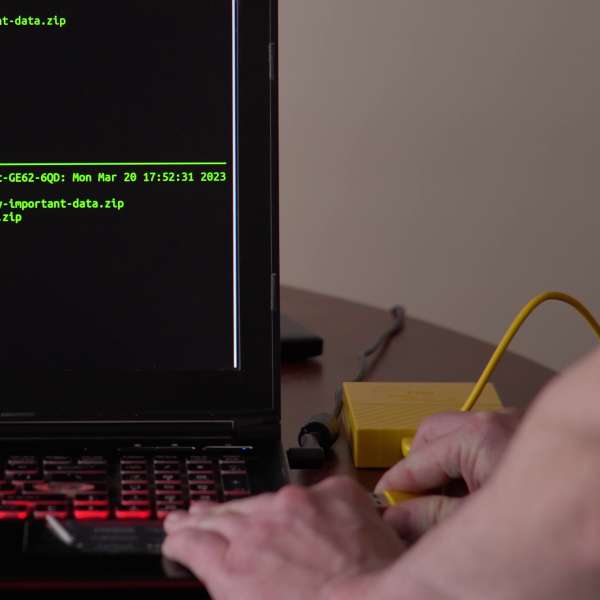
When I plug the drive back in, the file size is now smaller and the checksum doesn't match, indicating that the backup is corrupt:
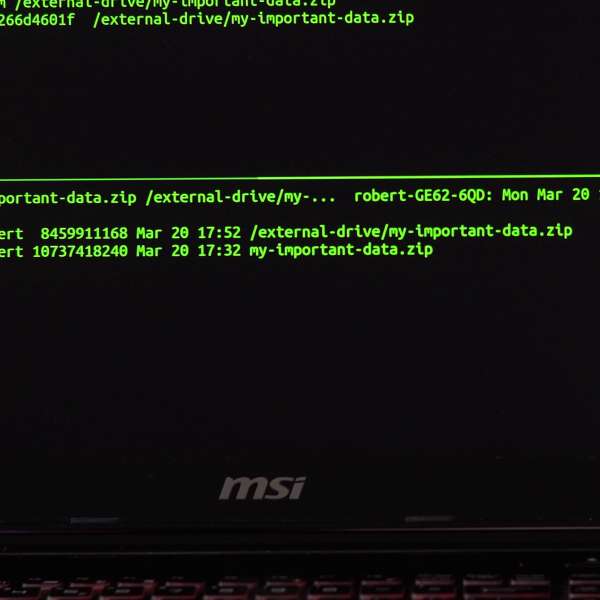
That's why I always use the 'sync' command even if the drive activity light has stopped flashing:
sync
After using the 'sync' command, the data will finish copying for a few seconds, and then return control to the prompt. Now, the file sizes are correct and the checksums match!
And that's why the 'sync' command is my favourite Linux command.
 Intro To 'stty' Command In Linux
Published 2023-10-04 |
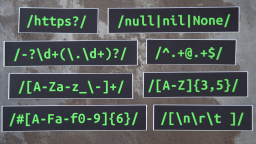 Buy Now -> |
 Intro To 'nproc' Command In Linux
Published 2023-07-15 |
 Intro To 'comm' Command In Linux
Published 2023-09-06 |
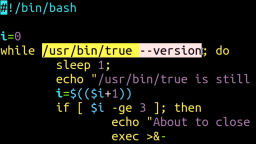 How To Force The 'true' Command To Return 'false'
Published 2023-07-09 |
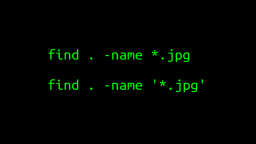 A Surprisingly Common Mistake Involving Wildcards & The Find Command
Published 2020-01-21 |
 A Guide to Recording 660FPS Video On A $6 Raspberry Pi Camera
Published 2019-08-01 |
 Intro To 'chroot' Command In Linux
Published 2023-06-23 |
| Join My Mailing List Privacy Policy |
Why Bother Subscribing?
|